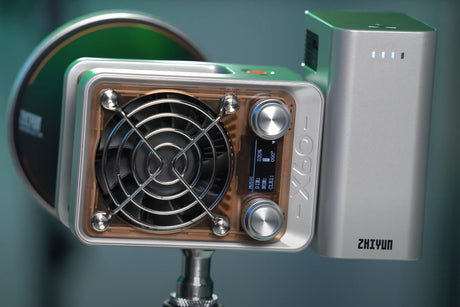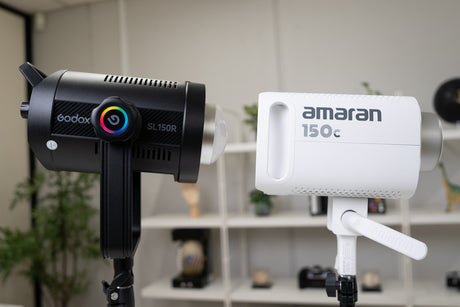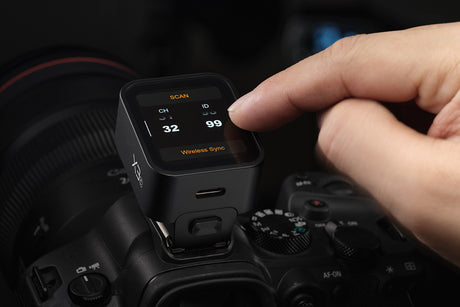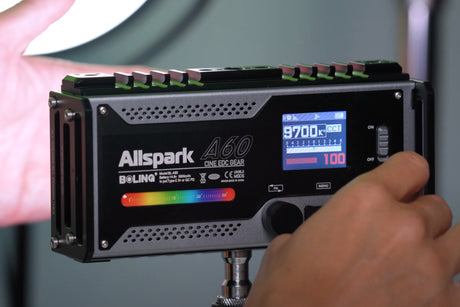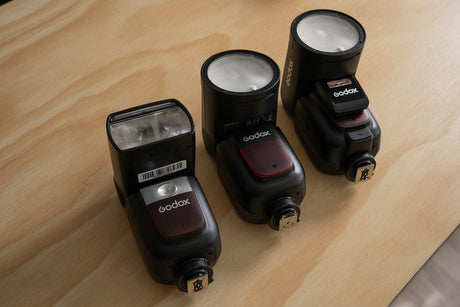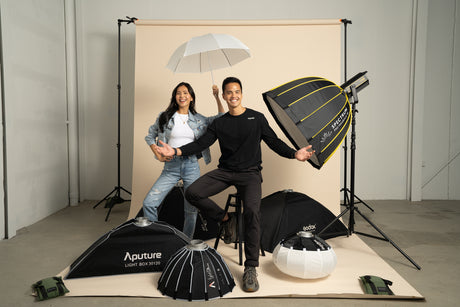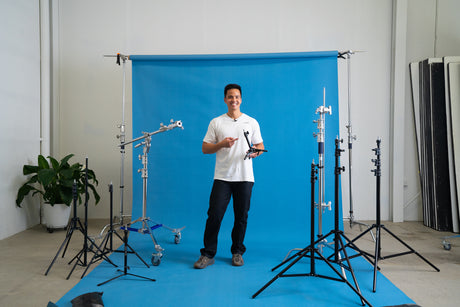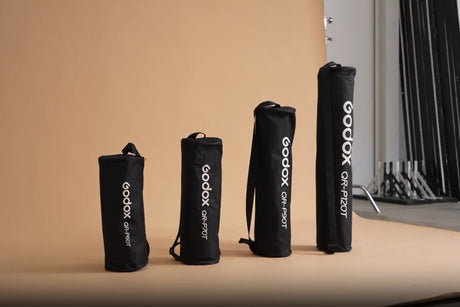
Pet photography is about capturing the personality of your pet. In order to obtain the best pet portrait, there are some rudimental things to think about before picking up a camera. In this article, we will explore these crucial elements, including the lighting types you should use and the expert tips to capture that striking image of your fur-family member.
Release the Hounds

At Hypop, we love pet photography and working with photographers to capture stunning shots of their fur babies. One of the best tips we can share is to work with the pets just as much as working with the owners. Owners know their animals best and how they will react to being in a studio or out in the field.
For outdoor shoots with free-roaming animals, we recommend using a telephoto zoom lens with a wide maximum aperture. That way, you can zoom in and out with the animal's movement and still capture a shallow depth of field. The other benefit of working outdoors with a pet is that you're more likely to get them at their best.
If working with smaller pets in the home or a studio setting, you'll need a different approach. Indoor shoots should always include a light source such as LED or flash. A flash lighting kit is ideal for studio settings, especially when you have animals that are on the go. A flash can be synced to capture high-speed shots of a curious and busy pet. Plus, a flash or strobe with a softbox adds to your pet photography's overall exposure and dynamic contrast.
Don't Let Curiosity Kill The Cat
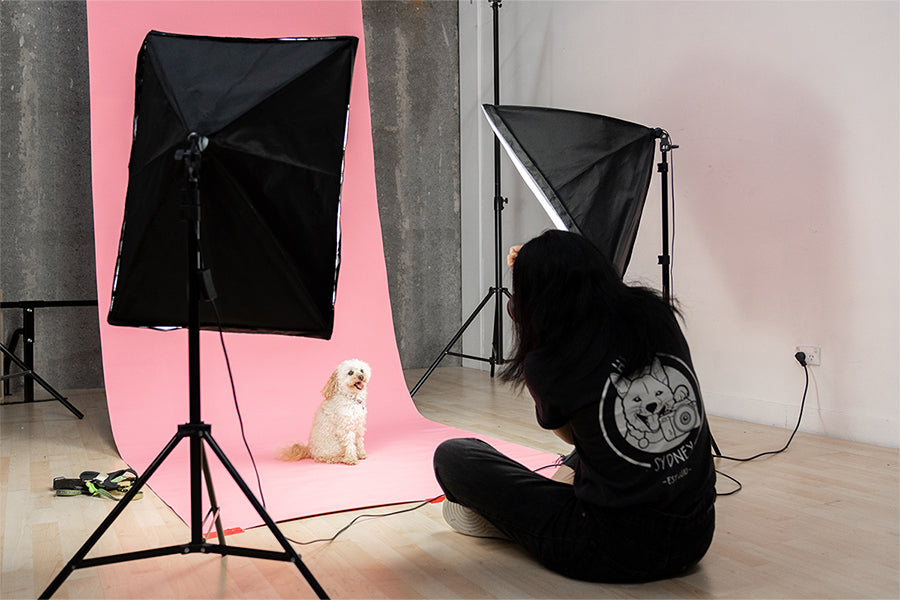
Pet photography involving cats can be a tricky beast to tame. According to cats, you're a cat person, or you're not - they'll let you know either way. The best way to approach cat photography is with patience and a calm and quiet demeanour. Above all else, cat's won't let you force them into any situations they disapprove of. So, for the sake of fantastic pet photography, let the cats be the boss.
In most situations, you'll photograph cats in their own home where they feel safest or in a studio. Before you even pick up a camera or fire a strobe, spend some time at ground level with the cats. Play with them using feathers, wool and toy mice and let them ease into your presence. Whatever you do, don't try to grab them or pose them - if anything, let the owner take care of that.
It's important to know that cats will likely react adversely to loud sounds and bright flashes. Cats look great in sunlight and just as good under a pair of studio lights. However, indoor shoots demand the use of lighting. We recommend the Illuminate Mate Double Rectangle Softbox Lighting Kit to control light and get the best outcomes. The kit includes a pair of light stands, daylight bulbs and large softboxes to shape and manage light in your pet photography.
Throw That Dog a Roll

Pet photography is unlike any other style of portrait shoot. Humans do as they are told and stand still - pets tend to do the opposite. If you conduct a pet photography shoot in a studio, you'll need a quality backdrop to build out your composition. Backdrops come in many shapes and sizes but are the best solution for creating a clean looking studio shoot.
Large backdrops are ideal for pets that cannot stand still during a long shoot - we are looking at you pups! A backdrop gives you room to let a puppy roam without background distractions. What's more, many backdrops are non-destructive, can be sponge-cleaned, or even machine washed. If you have a pet that tinkles on your backdrop, all is not lost.
One of the best professional studio-quality backdrops is the range of Plain Coloured Cotton Muslin Backdrops. They are machine washable and make for the best pet photography backdrops. Available in various sizes, including the popular 3x3m and huge 3x6m, they provide a solid colour backdrop suited to pet photography. The range of solid colours also includes Chroma Key for green screen photography.
For easy-to-use backdrops that come in a variety of vibrant colours, you can also check out our range of paper roll backdrops!
Tripods are Pawfect

When it comes to controlling your pet for a shoot, you need to have both hands free. That's why we recommend using a tripod for all your portrait sessions. Plus, raising your camera off the floor is an additional benefit, so your camera doesn't become a chew toy! Any cables connecting to your camera will also be removed from the curious teeth of your canine or feline.
When looking to purchase a tripod, there are some elements to think about. For instance, weight is something you may want to consider. You don't want something too lightweight as it needs to support your camera and not blow away in the wind when unattended. Also, consider you may have to carry the tripod to an outdoor location to capture pets running about. Our recommendation for all mirrorless or DSLR cameras is the Beike Q999C Carbon Fiber Tripod/Monopod With Ball Head. This product is exceptional as it will also act as a monopod to support larger lenses.
The benefit of a sturdy entry-level tripod also assists in the pictures you capture. When utilising such a tool, photos will be void of any camera shake. Combine this with a good pet photography flash or a Godox strobe lighting setup, and any image you capture will look amazing.
Plenty of Puppy Love
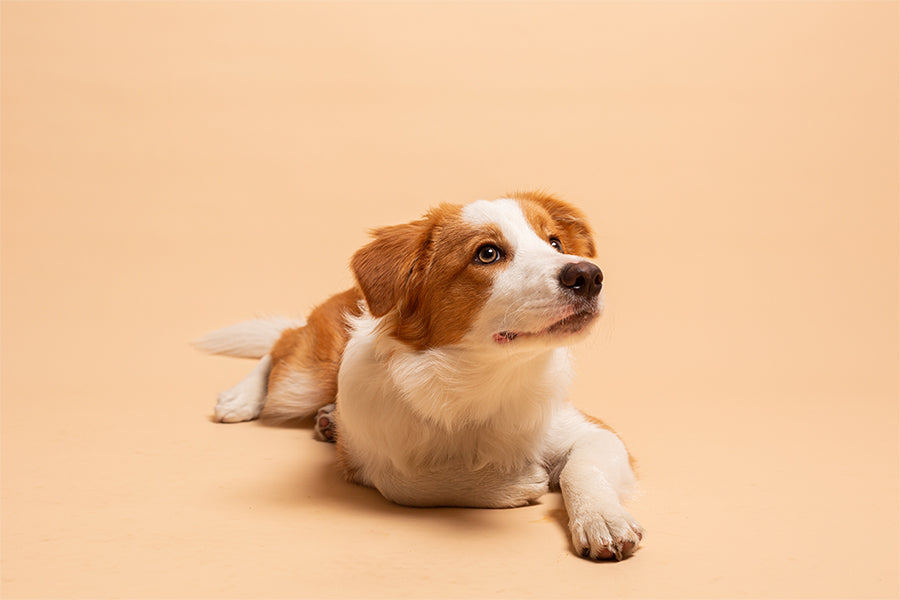
As mentioned, photographing pets is nothing like photographing human models. Mature pets have some level of training and obedience and, in most cases, will at least listen to their owners. Photographing young pets like puppies and kittens is an exercise in patience and tolerance.
Regardless of their age or manners, working with pets takes a little preparation and a quick trip to the pet store. Thinking ahead and having a supply of suitable toys and treats on hand will win the day. Toys are perfect for younger pets to keep them engaged and get them looking up at the camera. Food treats also play the role of convincing pets to sit still, pose and pay attention to the camera.
Aside from outright bribery, take the time to play and engage with the pets without a camera in hand. Or, at the very least, have your camera on the ground next to you so the animals can inspect it. Be sure to have a cleaning kit ready to remove the drool from your camera and lens. Engage with pets at their level and show them love and understanding without pressuring them to behave. Don't forget to let them out for a run and to do their business every so often.
Final Thoughts

When it comes to pet photography, remember patience is essential. Regardless of your lighting setup or the backdrops you use, if you don't wait patiently to get the shot, then all hope is lost. At Hypop, we recommend you set up your backdrop, tripod, flash or strobe lighting first before you introduce your pet into the environment.
Once you have mastered the setup, all that is left is having fun with your pet or your client's pet. Make sure you bring plenty of appropriate toys and treats, as these will make your life easier when capturing the ultimate pet photograph. Have fun, and you'll be surprised at the results you can get with a simple photography equipment setup.



